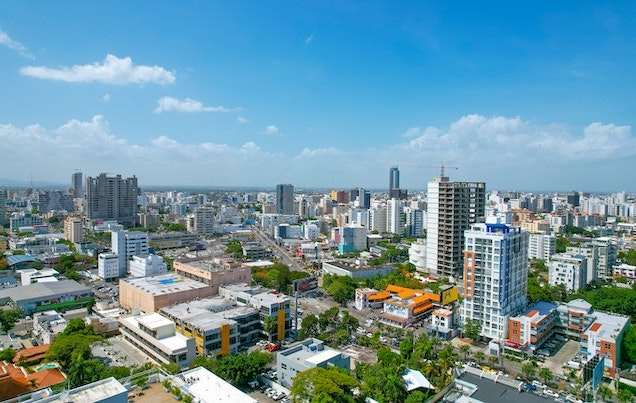
Last month, the Dominican government announced that for the first time in its history the Republic achieved “BB” credit rating, granted by the agency Standard & Poor’s (S&P Global) and confirmed by Fitch Ratings on its Stability Outlook report.
The foreign investment climate improves, which means more companies and more jobs on Dominican soil, decrease in the sovereign bond rates that the Government has faced, which makes it possible to reduce the fiscal deficit and take the money with which the interest would be paid to invest in public works.
What does all mean?
Simple, amongst the main attributes that a country must possess to generate a climate of financial confidence, is to have a strong and stable economy, which occurs with that of the Dominican Republic in these recent years.

In the report, finds that the country’s Worldwide Governance Indicators (WGI) are a research dataset summarizing the views on the quality of governance provided by a large number of enterprise, citizen, and expert survey respondents in industrial and developing countries.
The Republic’s composite increased from the 37th to the 50th percentile in the decade to 2021, one of the biggest improvements of any sovereign rated by the firm, reflecting progress in efforts to strengthen institutions (judicial independence, budget and procurement transparency, property rights) and a vaccination campaign.
By providing economic stability, legal security and its strategic position, the Dominican Republic has become one of the main recipients of foreign direct investment (FDI) in the region.
Growth across sectors
When breaking down the data by sector, tourism represents the largest inflow of FDI, reporting US$942 million in 2021, according to the United Nations Worth Tourism Organisation (UNWTO).
This is followed by real estate with US$497.4 million; mining at US$472.5 million, and commerce and free zones with US$330.7 million and US$285.5 million, respectively.
Meanwhile, other sectors such as energy at US$279.6 million, financial sector at US$121.2 million, telecommunications at US$84.3 million, and transportation for US$69.1 million.
Also, the implementation of the VUI Platform, in Spanish ‘Ventanilla Unica de Inversión‘, is a step forward in the country-strategy, since this tool has differentiating elements compared to other similar ones in the region that only concentrate their efforts on information dissemination.
The COVID-19 pandemic, the war between Russia and Ukraine and with them, the energy, food and other crises, put the economies of all countries to the test.

Robust economy
The Dominican Republic, despite not being a power or a developed country, has demonstrated strong resistance to these effects, to the point that it did not reach the maximum level of inflation.
Instead, according to reports from the International Monetary Fund (IMF) and the Economic Commission for Latin America and the Caribbean (CEPAL), the nation is among the first countries in Latin America where the economy is expected to grow by 2023, all this when the region is forecast to have a slowdown in this same period of time.
Increase in quality of human capital
Having faster than expected economic growth during that period and the reduction of the fiscal deficit.
Meanwhile, the implementation of structural reforms in areas such as energy, water, and public-private partnerships, along with efforts to increase the quality of human capital and attract Foreign Direct Investment (FDI) to higher value-added industries, will be increasingly important to sustain growth.
Over the past decade, economic growth in the Dominican Republic has substantially reduced poverty rates and supported the expansion of the middle class.
However, disparities in access to economic opportunity and public services remain deep. Poverty rates are stubbornly high in rural areas, and women face disproportionate challenges across the country.
Promising outlook
So in this upcoming year, we shall expect more accountability on the side of public policies which impact directly against the seen disparities. Which in the long-run only talks of the perks of having one of the best economies in the Caribbean region and Central America.







